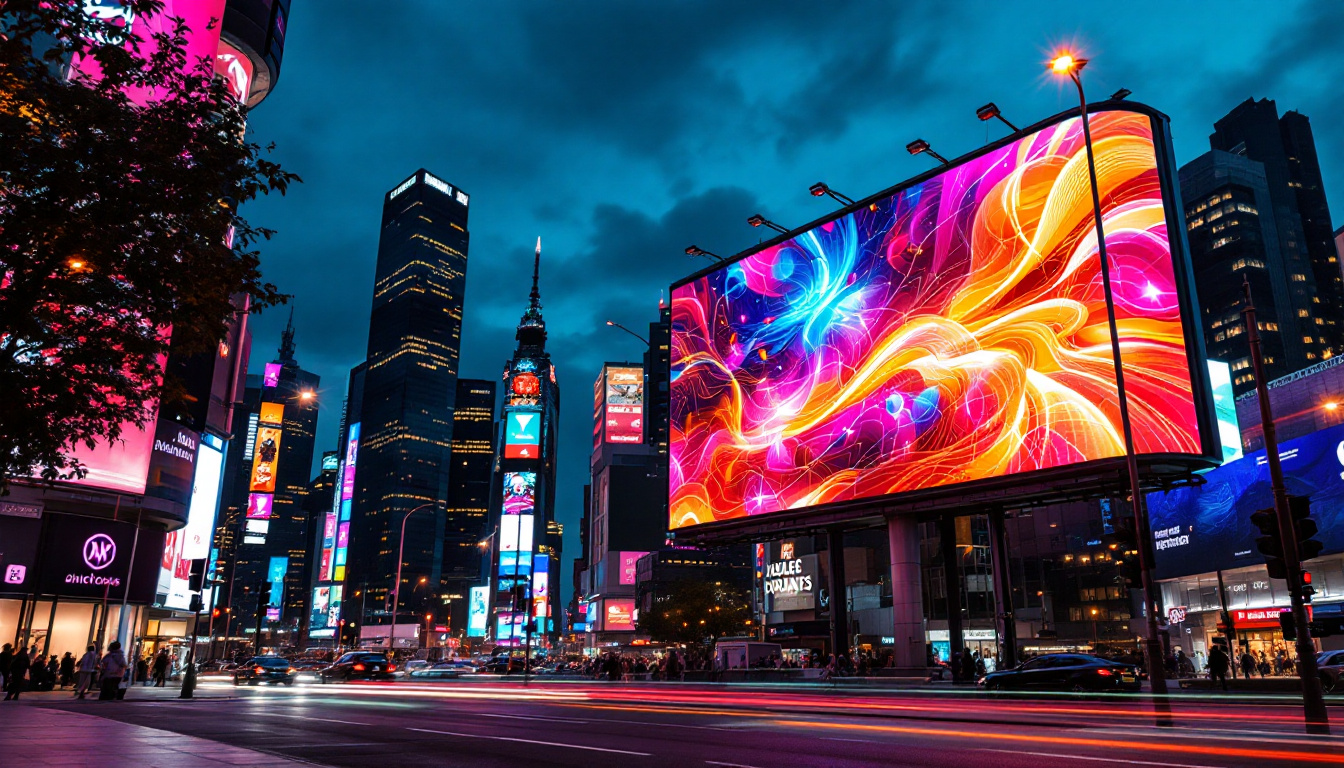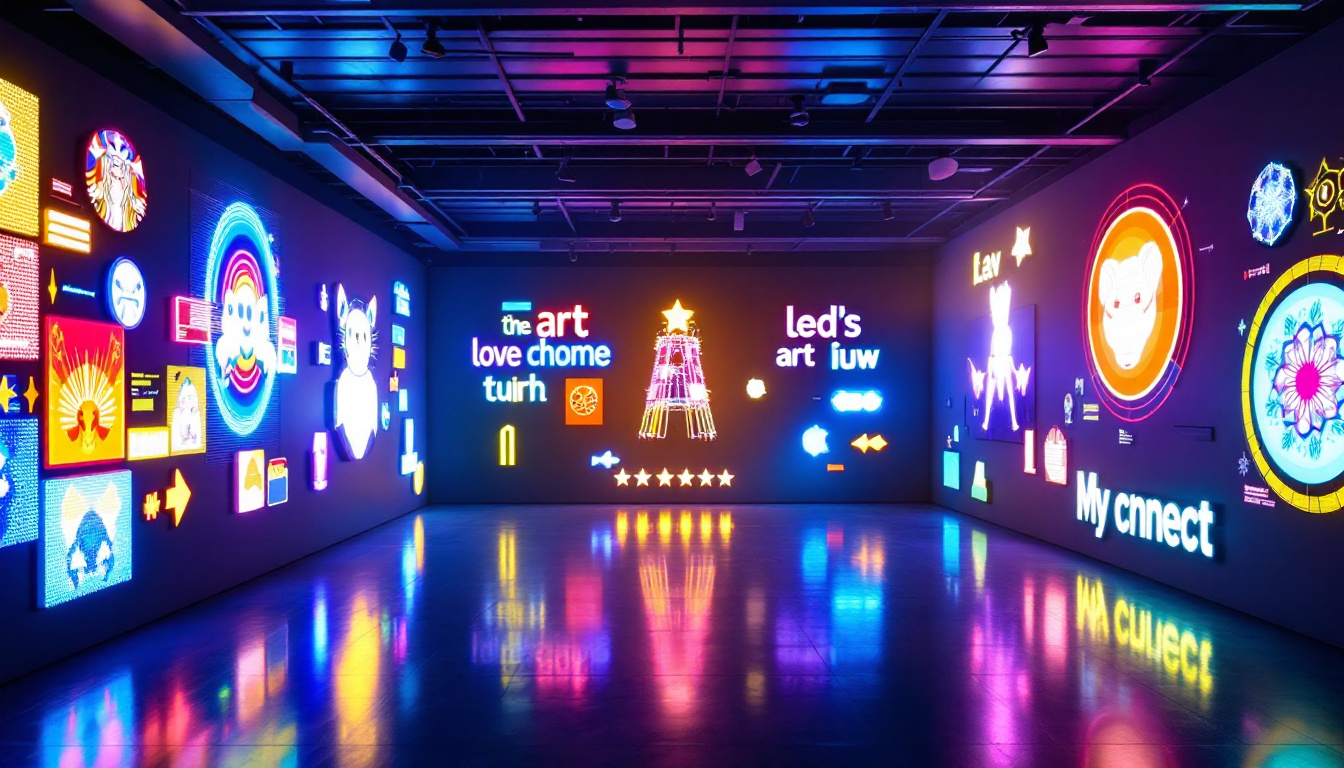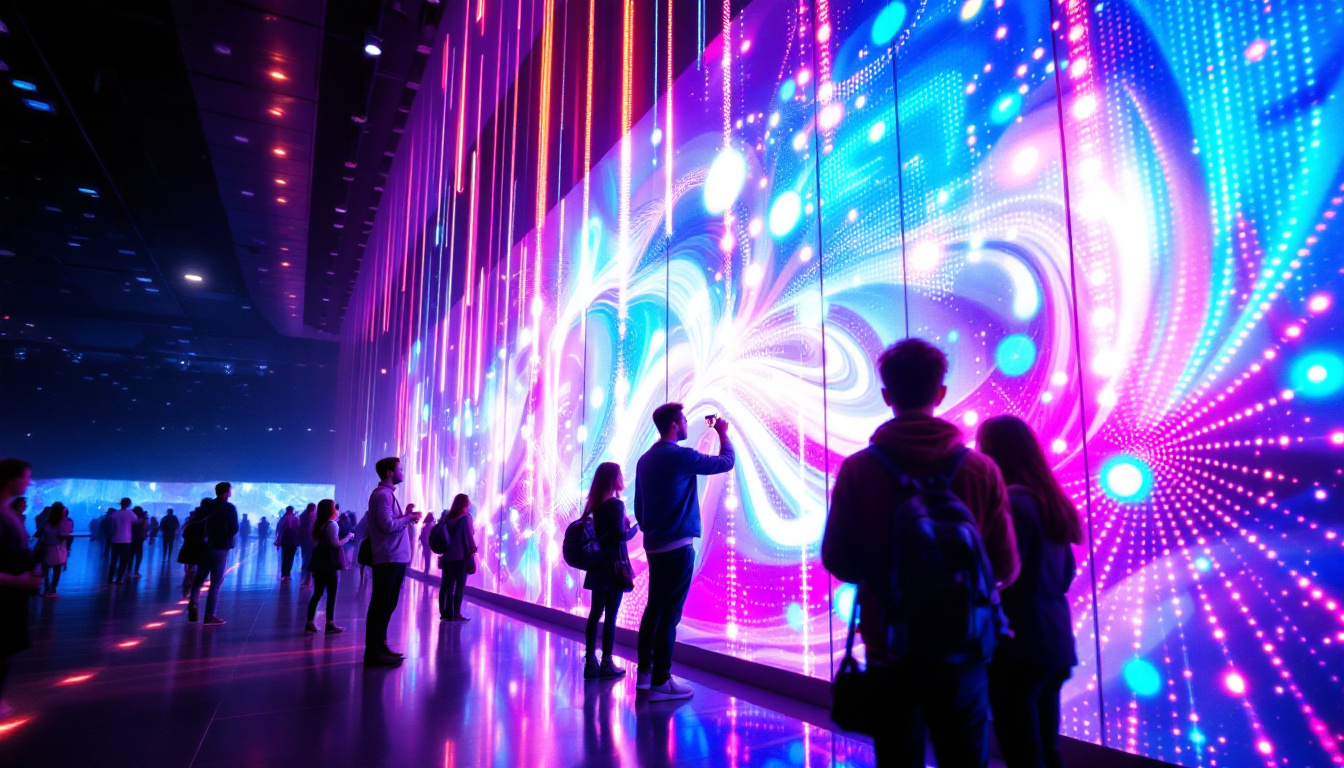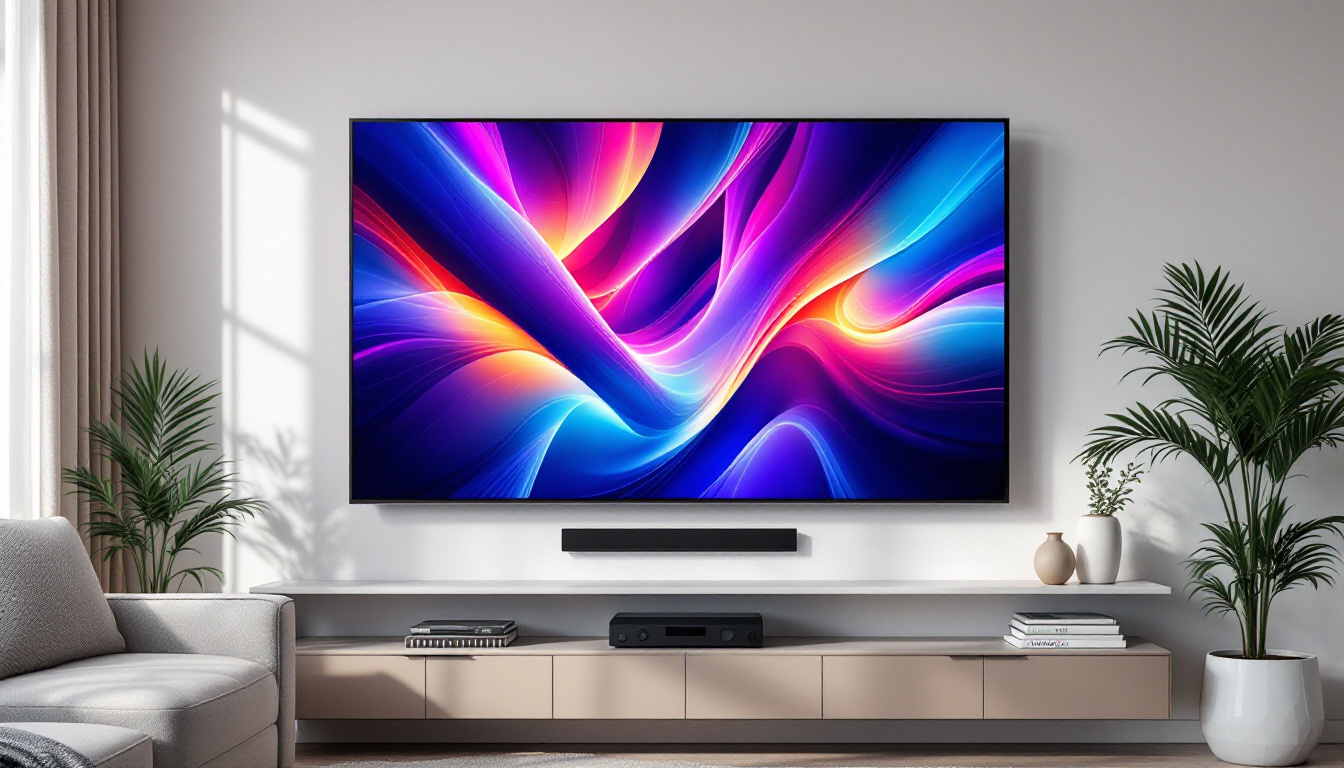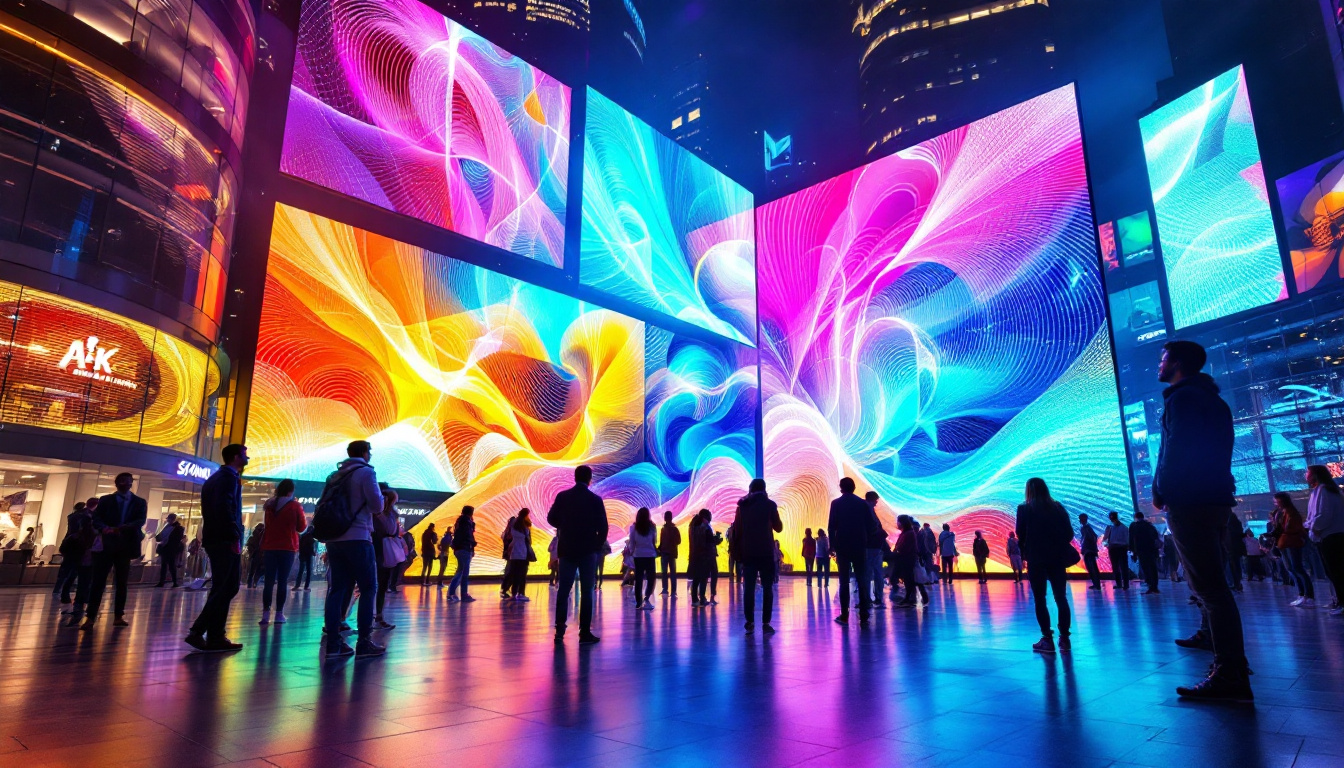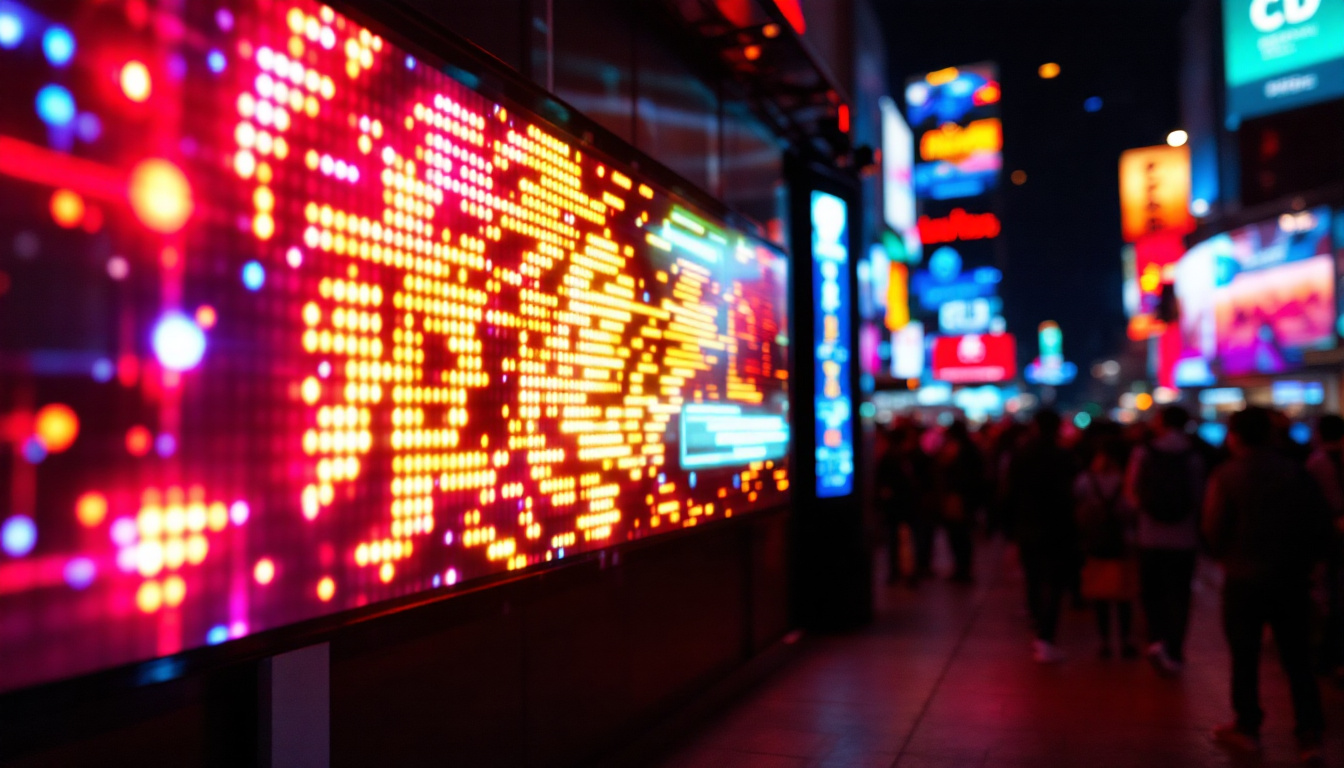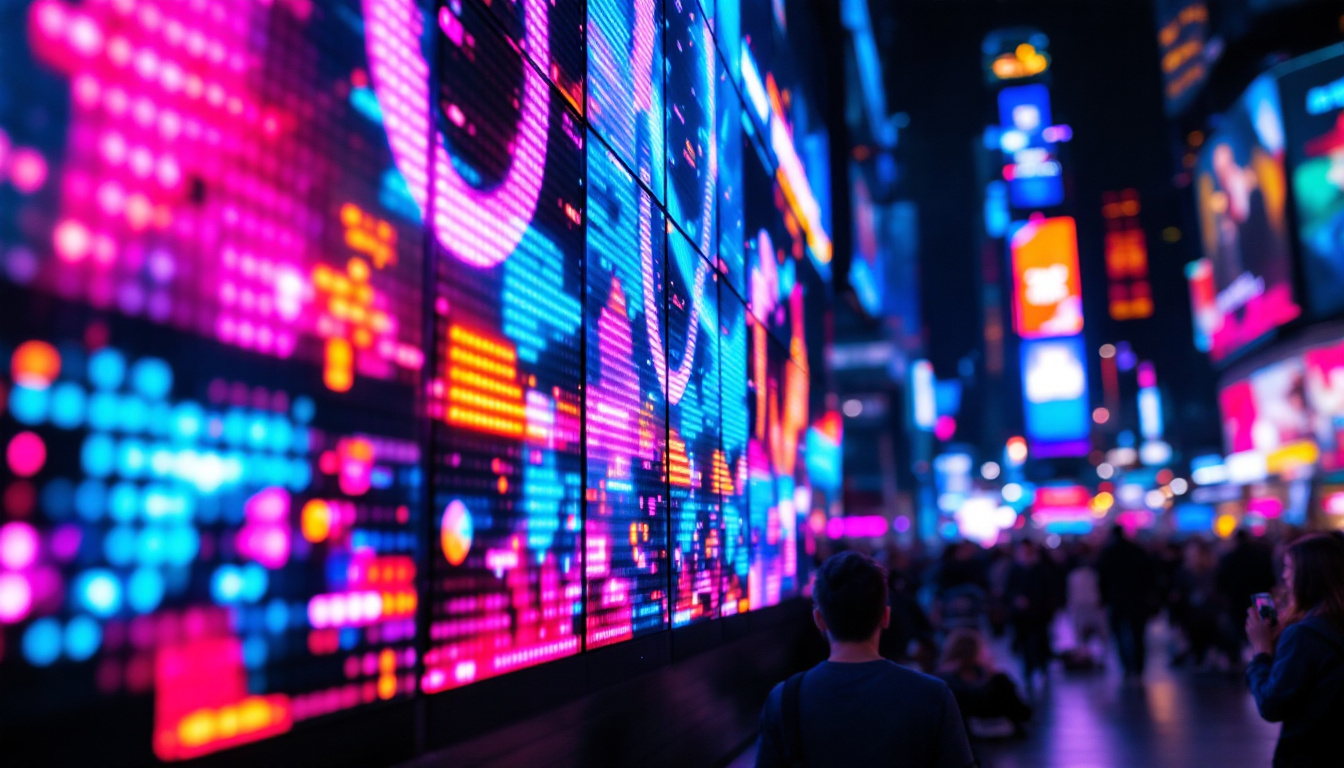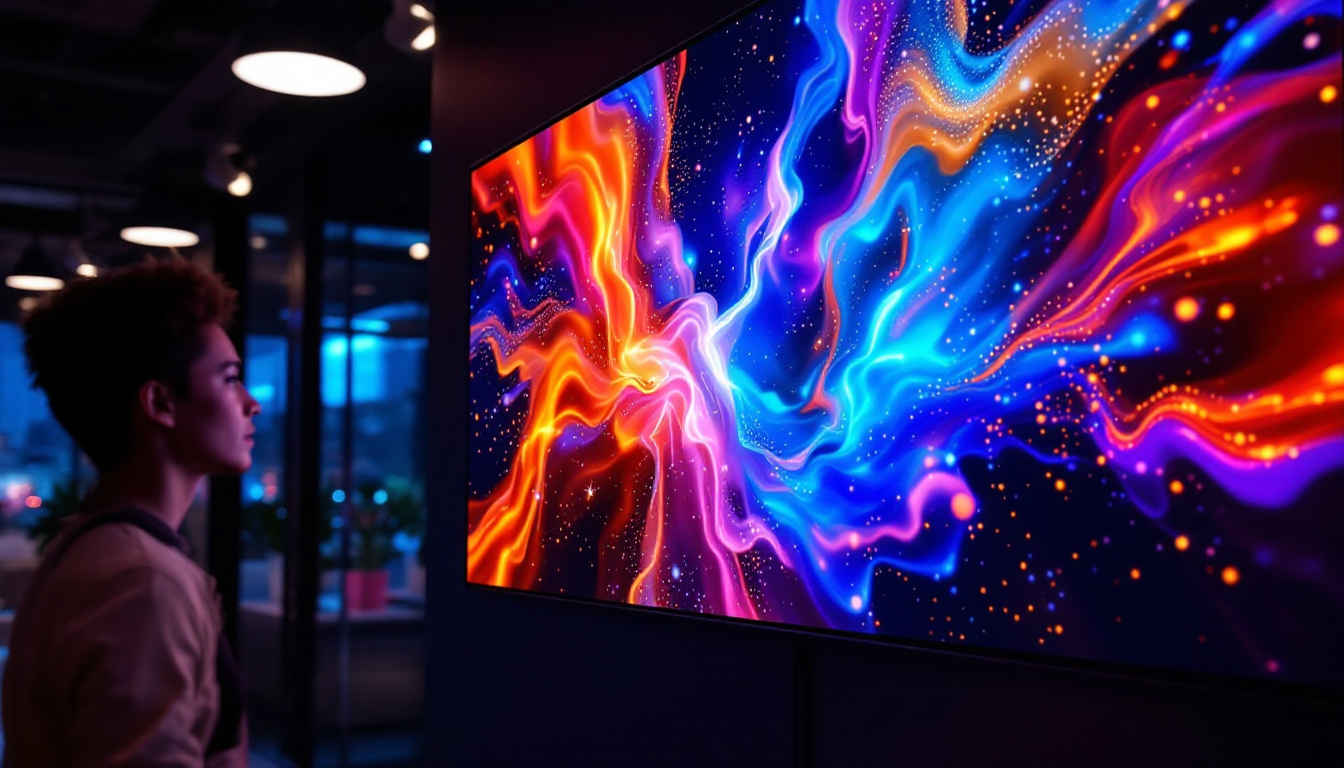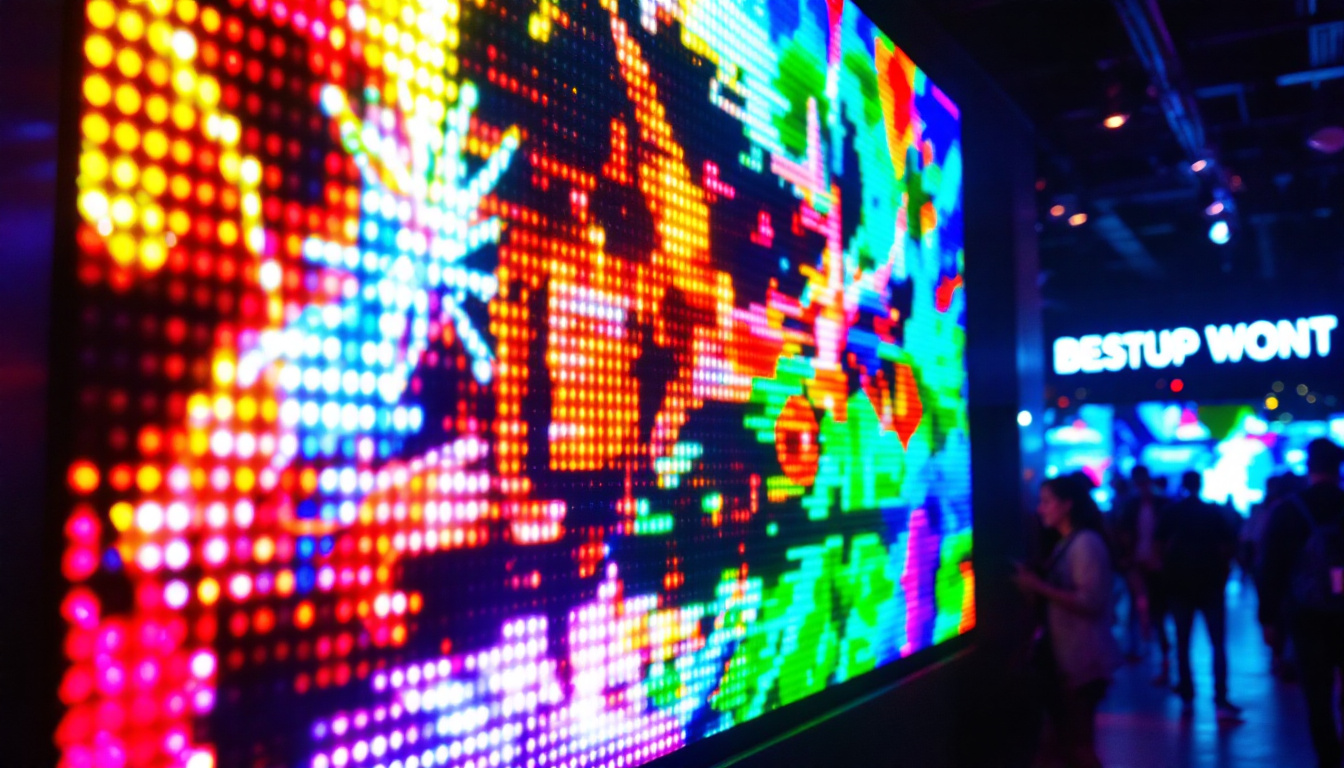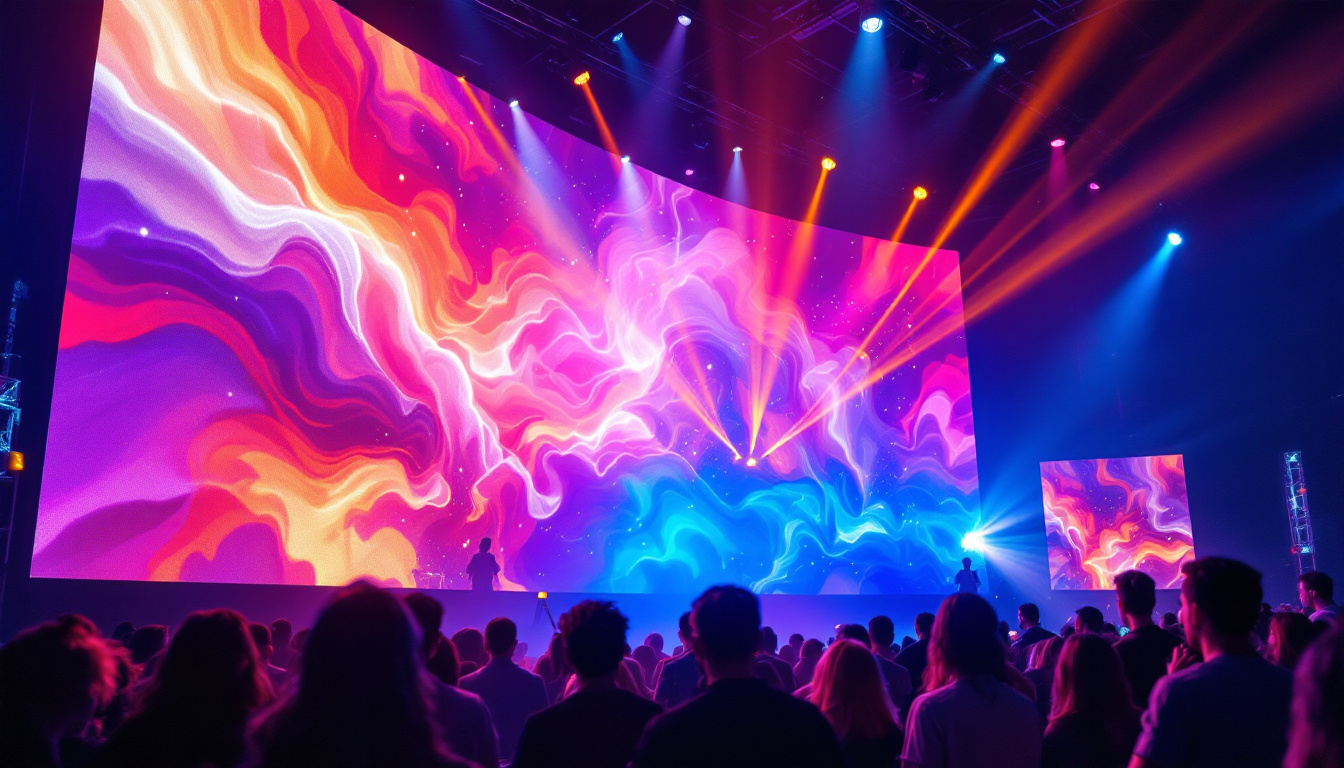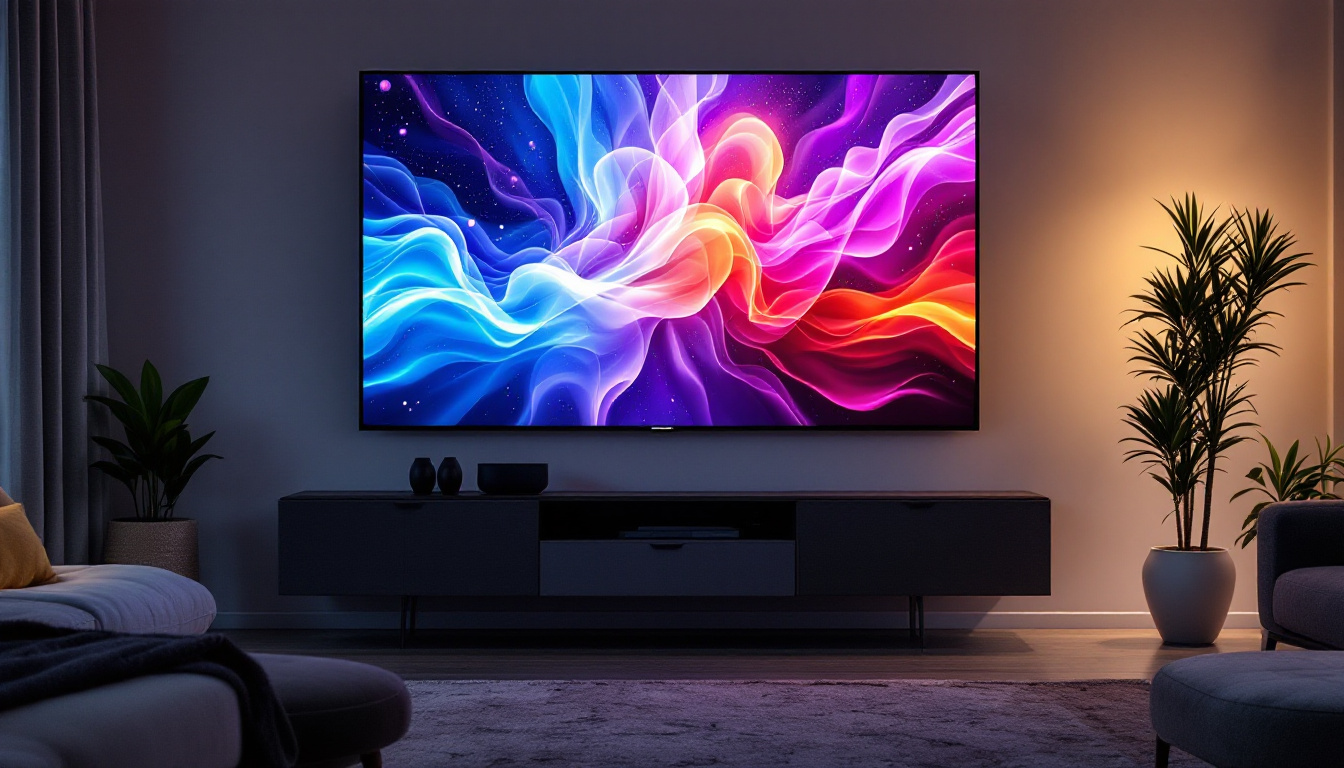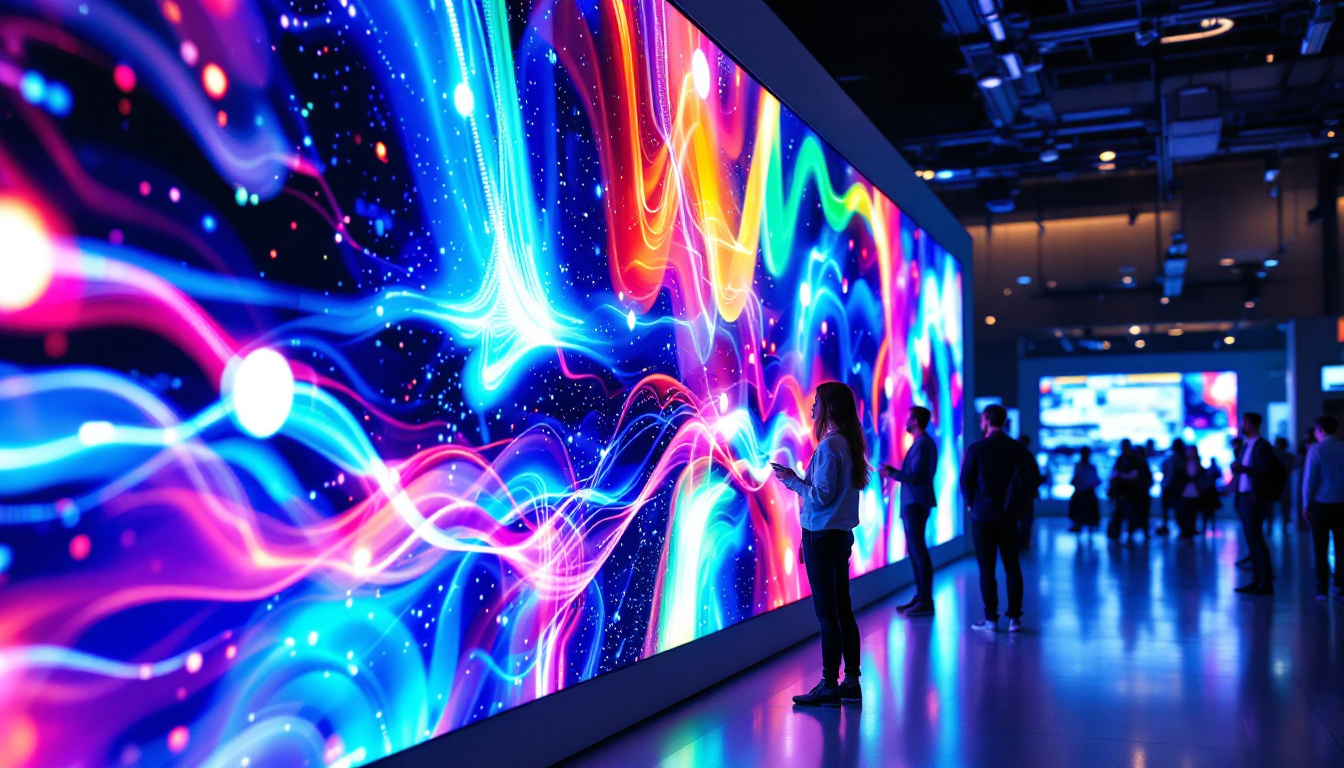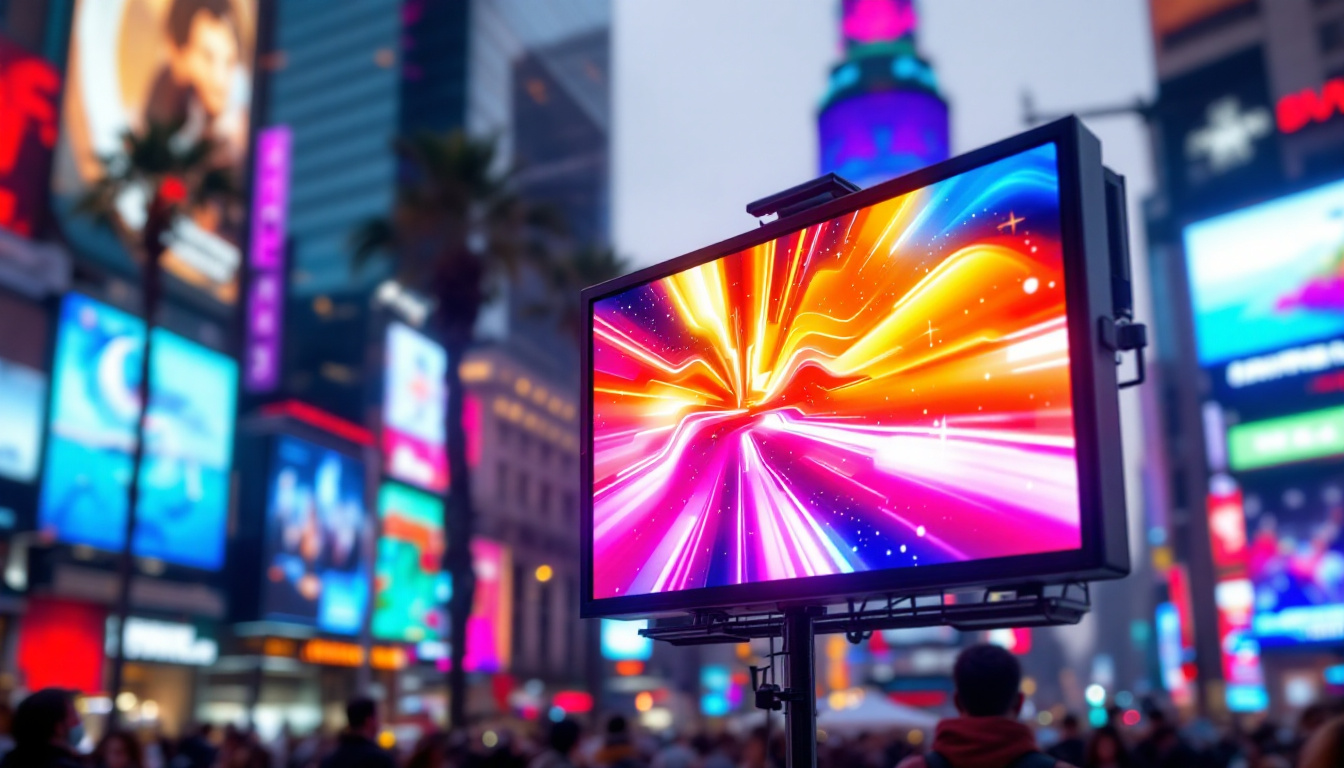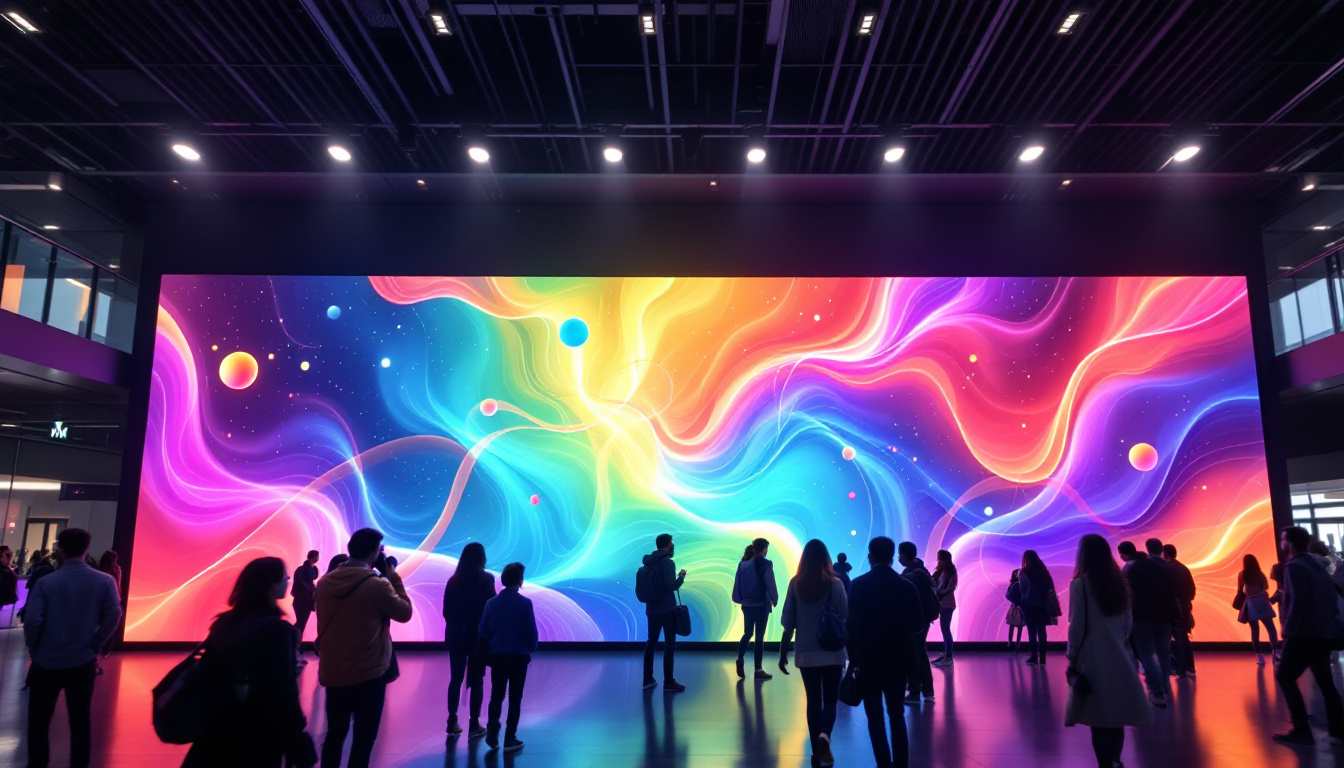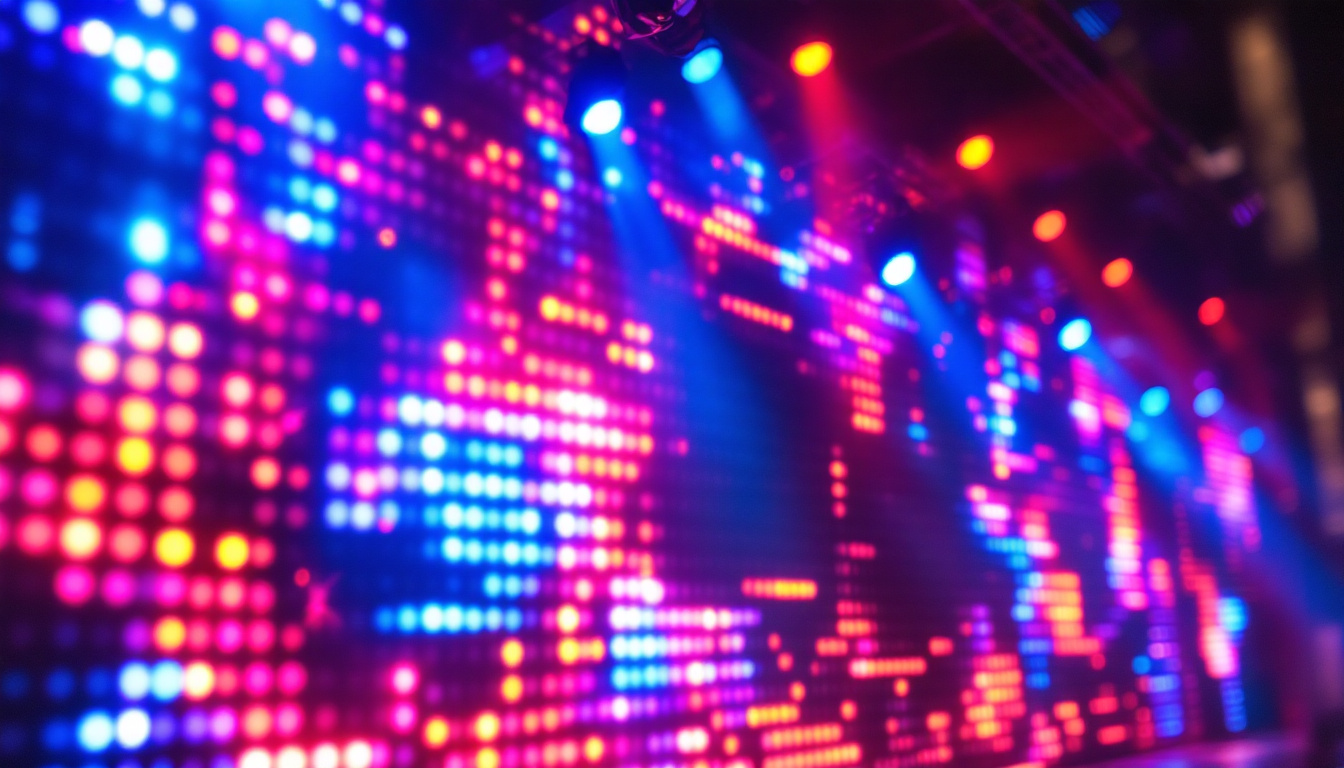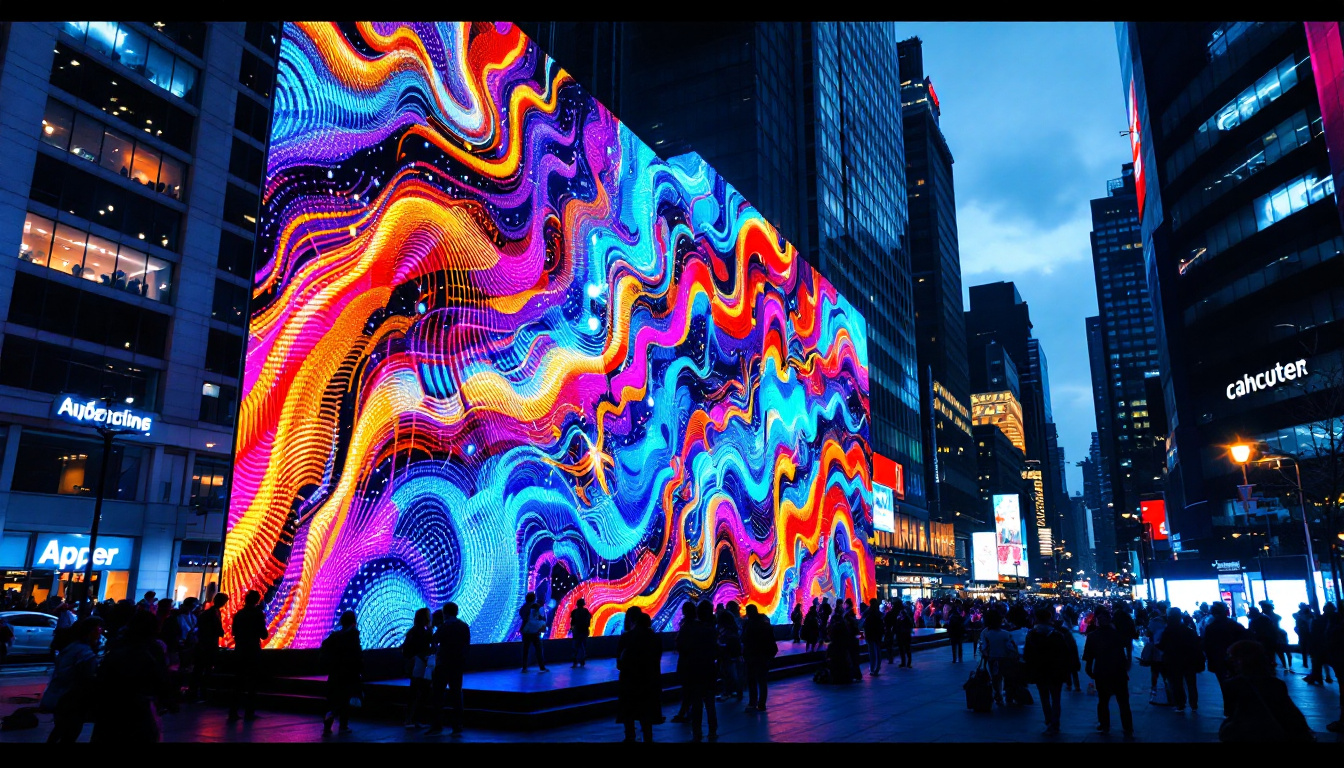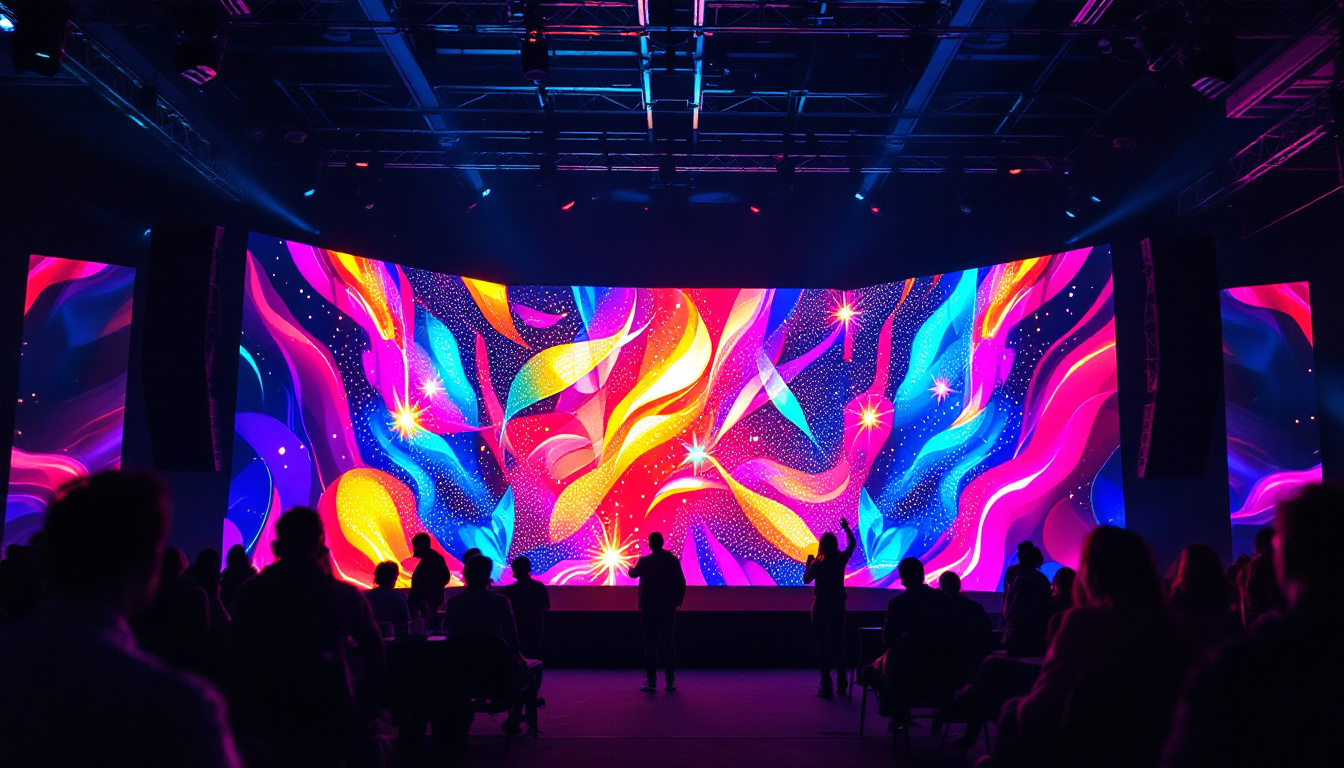In the ever-evolving world of advertising, digital billboards have emerged as a powerful medium for businesses to convey their messages. With vibrant colors, dynamic content, and the ability to reach a wide audience, LED displays are transforming the landscape of outdoor advertising. This article delves into the intricacies of digital billboards, exploring their technology, benefits, and considerations for potential buyers.
Understanding LED Technology
LED, or Light Emitting Diode, technology is at the heart of digital billboards. These displays utilize numerous tiny diodes that emit light when an electric current passes through them. This technology has revolutionized how advertisements are presented, allowing for high-resolution images and videos that capture attention effectively. The efficiency of LED technology not only enhances visual appeal but also reduces energy consumption compared to traditional lighting methods, making it a more sustainable choice for advertisers and businesses alike.
How LED Displays Work
LED displays consist of an array of individual LEDs that work together to produce images and videos. Each LED can emit different colors, and by varying the intensity of these lights, the display can create a full spectrum of colors. The arrangement of these diodes in clusters forms pixels, which combine to create the overall image seen on the billboard. This pixel-based technology allows for incredible detail and clarity, making it possible to display everything from vibrant graphics to intricate animations that can engage viewers effectively.
Digital billboards are often equipped with advanced software that allows for real-time content updates. Advertisers can change their messages at a moment’s notice, enabling targeted campaigns that can adapt to different audiences or times of day. This flexibility is particularly beneficial for businesses looking to promote time-sensitive offers or events, as they can tailor their messaging based on current trends or local happenings, ensuring maximum relevance and impact.
Types of LED Displays
There are various types of LED displays available in the market, each designed for specific applications. The two primary categories are:
- Indoor LED Displays: These are typically used in shopping malls, airports, and other indoor venues. They are designed for close viewing and often have higher pixel density, resulting in sharper images. The vibrant colors and clarity of indoor displays make them ideal for environments where detailed visuals are crucial, such as in presentations or promotional events.
- Outdoor LED Displays: Built to withstand the elements, outdoor displays are larger and designed for visibility from a distance. They often feature lower pixel density but are brighter to ensure visibility in sunlight. These displays are commonly used for large-scale advertising, public announcements, and event promotions, making them a staple in urban landscapes.
Additionally, there are specialized types of LED displays, such as transparent LED screens that allow for visibility behind the display, and flexible LED panels that can be shaped to fit unique installations. These innovations expand the creative possibilities for advertisers and designers, enabling them to create eye-catching displays that blend seamlessly with their surroundings or stand out in innovative ways. The continuous evolution of LED technology promises even more exciting developments in the future, paving the way for more interactive and immersive advertising experiences.
Benefits of Digital Billboards
Digital billboards offer a myriad of advantages over traditional static billboards. Their dynamic nature and technological capabilities make them an appealing choice for advertisers looking to maximize their reach and impact.
Enhanced Visibility
The bright, vibrant colors of LED displays capture attention more effectively than traditional billboards. Their ability to display moving images and videos creates a more engaging experience for viewers, making it easier for advertisements to stand out in crowded environments.
Moreover, digital billboards can be programmed to change content at set intervals, allowing advertisers to showcase multiple messages throughout the day. This flexibility enables businesses to target different demographics based on time, location, or event, optimizing their advertising strategies.
Cost-Effectiveness
While the initial investment for digital billboards may be higher than traditional options, the long-term savings can be significant. Digital displays eliminate the need for printing and installation of new posters, reducing ongoing costs. Advertisers can update their content remotely, saving time and labor costs associated with changing static displays.
Additionally, the ability to run multiple campaigns on a single billboard maximizes the return on investment. Businesses can rotate different advertisements throughout the day, reaching a broader audience without the need for multiple physical billboards.
Environmental Considerations
Digital billboards can also be more environmentally friendly than their static counterparts. The reduction in paper waste from printed materials is a significant factor. Furthermore, many LED displays are designed to be energy-efficient, consuming less power than traditional lighting solutions.
Some companies even utilize solar-powered LED displays, further minimizing their carbon footprint and promoting sustainability in advertising.
Factors to Consider When Buying Digital Billboards
Investing in digital billboards is a significant decision that requires careful consideration. Various factors can influence the effectiveness and return on investment of these displays.
Location and Visibility
The location of a digital billboard plays a crucial role in its success. High-traffic areas with substantial foot and vehicle traffic are ideal for maximizing visibility. Factors such as sightlines, distance from the road, and surrounding structures can impact how effectively the billboard captures attention.
Conducting thorough market research to identify the best locations for target audiences is essential. Understanding the demographics of the area can help tailor advertisements to resonate with potential customers.
Size and Resolution
The size of the digital billboard should align with its intended use and viewing distance. Larger displays are more effective for long-distance viewing, while smaller displays are suitable for closer interactions. Additionally, the resolution of the display is critical; higher resolution ensures clearer images and text, enhancing the overall viewing experience.
Choosing the right pixel pitch, which refers to the distance between individual pixels, is also essential. A smaller pixel pitch provides higher resolution, making it ideal for indoor displays, while a larger pixel pitch is more appropriate for outdoor settings.
Regulatory Compliance
Before purchasing a digital billboard, it is vital to understand local regulations and zoning laws regarding outdoor advertising. Many municipalities have specific guidelines concerning the size, brightness, and content of digital displays. Ensuring compliance with these regulations can prevent costly fines and legal issues down the line.
Engaging with local authorities early in the process can help clarify any restrictions and streamline the installation process.
Installation and Maintenance
Once the decision to invest in a digital billboard is made, the next steps involve installation and ongoing maintenance. Proper installation is crucial for ensuring the longevity and performance of the display.
Installation Process
The installation of digital billboards typically requires professional expertise. Factors such as structural integrity, electrical connections, and safety standards must be taken into account. Engaging a reputable installation company can help ensure that the billboard is set up correctly and efficiently.
Additionally, the location of the billboard may require permits and inspections, which can add time to the installation process. Proper planning and coordination with local authorities can help mitigate delays.
Maintenance Requirements
Maintaining digital billboards is essential for ensuring their performance and longevity. Regular inspections and cleaning can help prevent issues such as pixel failure, which can detract from the display’s effectiveness.
Many manufacturers offer maintenance contracts that provide ongoing support, including software updates and repairs. Investing in a comprehensive maintenance plan can save time and resources, ensuring that the billboard remains in optimal condition.
The Future of Digital Billboards
The landscape of outdoor advertising is continually evolving, and digital billboards are at the forefront of this transformation. As technology advances, the capabilities of LED displays are expanding, offering exciting possibilities for advertisers.
Integration with Smart Technology
One of the most promising developments in digital billboard technology is the integration of smart technology. This includes features such as audience measurement tools, which can provide valuable insights into viewer demographics and engagement levels.
Furthermore, the ability to connect digital billboards to social media platforms allows for real-time content updates based on trending topics or events. This dynamic interaction can enhance the relevance and impact of advertisements, making them more appealing to audiences.
Augmented Reality and Interactive Displays
Augmented reality (AR) is another exciting frontier for digital billboards. By incorporating AR technology, advertisers can create immersive experiences that engage viewers in unique ways. For example, a digital billboard could allow passersby to interact with virtual elements using their smartphones, creating a memorable and shareable experience.
Interactive displays that respond to viewer actions, such as touch or movement, are also gaining traction. These innovations can significantly enhance viewer engagement, making advertisements more effective and enjoyable.
Conclusion
Digital billboards represent a significant advancement in outdoor advertising, offering businesses a dynamic and effective way to reach their target audiences. With their vibrant displays, real-time content updates, and cost-effective nature, LED displays are becoming increasingly popular among advertisers.
However, potential buyers must carefully consider factors such as location, size, regulatory compliance, and maintenance requirements before making an investment. As technology continues to evolve, the future of digital billboards promises even more exciting possibilities, making them a compelling option for businesses looking to enhance their advertising strategies.
In summary, digital billboards are more than just a modern advertising tool; they are a gateway to innovative marketing strategies that can drive engagement and boost brand visibility in an increasingly competitive landscape.
Illuminate Your Advertising with LumenMatrix
Ready to elevate your brand’s presence and captivate your audience with unparalleled clarity? Discover the transformative power of LED display technology with LumenMatrix. From vibrant Indoor and Outdoor LED Wall Displays to innovative solutions like Vehicle LED Displays, LED Posters, and even Custom LED Displays, LumenMatrix is at the forefront of creating visual experiences that resonate. Embrace the future of advertising and check out LumenMatrix LED Display Solutions today to revolutionize your visual communication.

